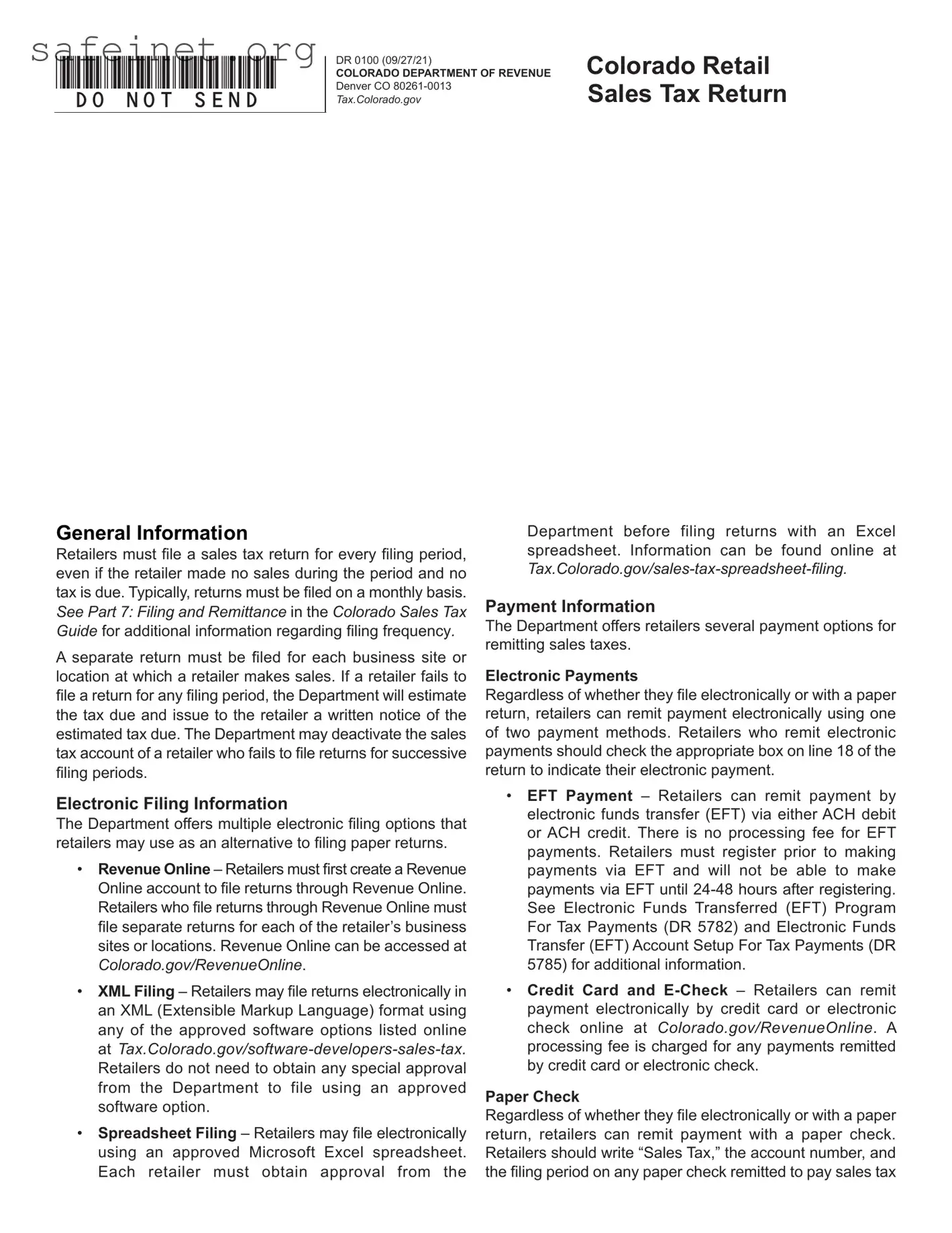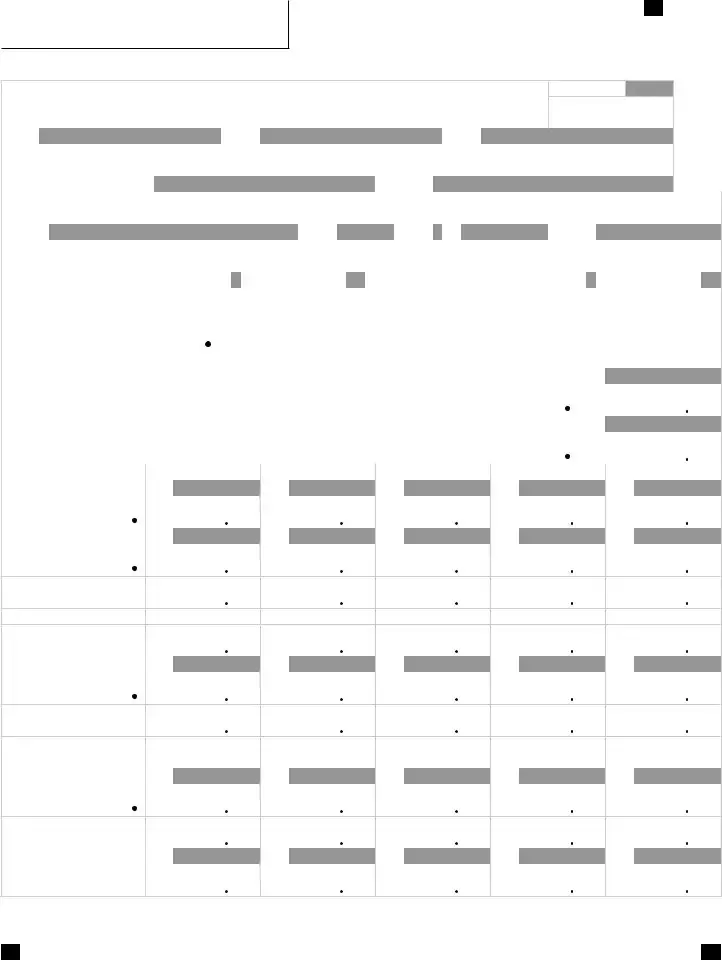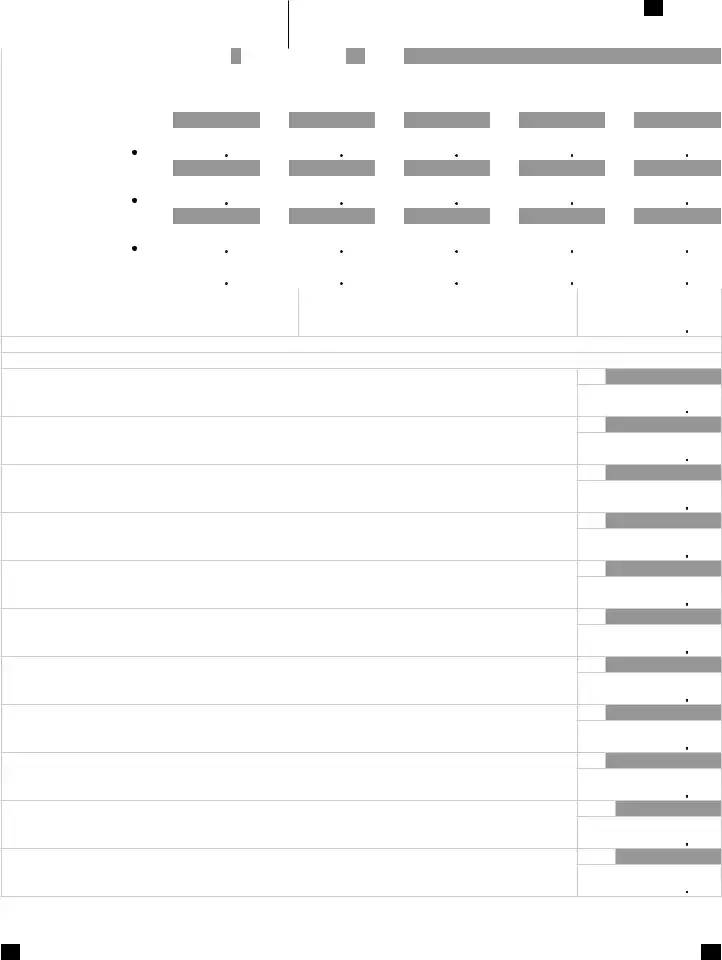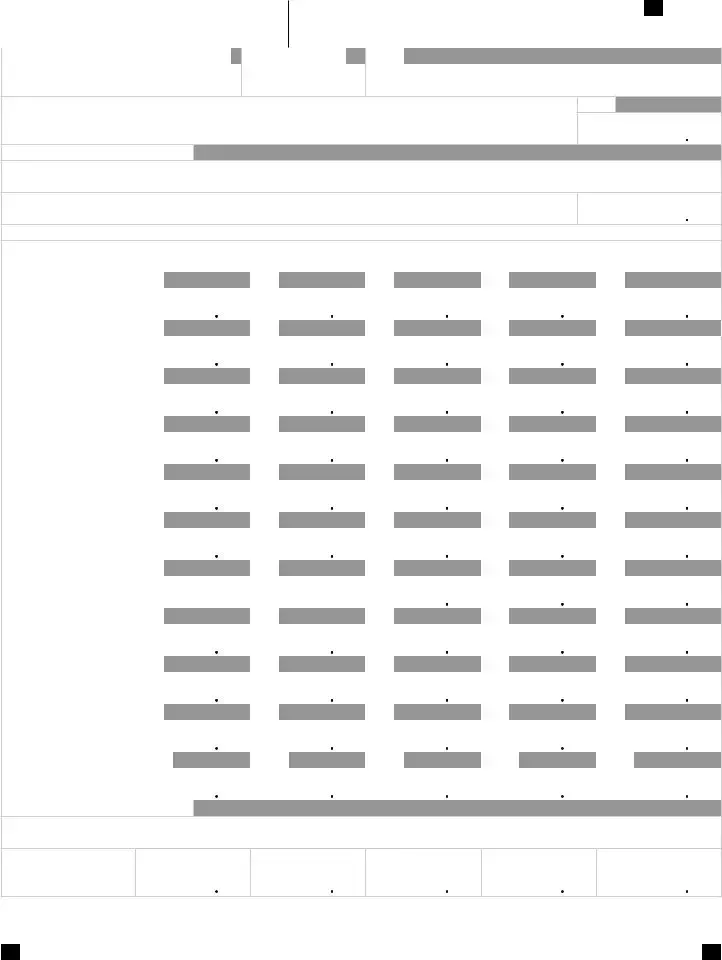The Colorado Consumer Use Tax Return (DR 0252) is similar to the DR 0100 form as it is used to report tax owed on items that a retailer bought for resale but later used for personal purposes. Both forms require the identification of the entity along with the appropriate tax calculations. Like the DR 0100, it necessitates the reporting of gross sales, applicable tax rates, and payment information. However, while the DR 0100 focuses primarily on sales tax collected on retail sales, the DR 0252 specifically targets use tax obligations, often arising from items that were not sold but consumed by or used within the business.
The Colorado Claim for Refund form (DR 0137) serves a purpose similar to that of the DR 0100 in that it is filed when a business seeks to recover overpaid taxes. This form requires relevant details about the overpayments and the activities leading to them. Both forms also demand accuracy in reporting periods and account numbers. However, the Claim for Refund primarily addresses situations involving prior overpayments or excess tax collected, whereas the DR 0100 is more centered on the current sales and tax amounts due.
The Federal Employer Identification Number (FEIN) Application (Form SS-4) is another document that shares characteristics with the DR 0100. While the DR 0100 includes space for the FEIN to identify the retailer, the SS-4 is used to apply for that identification number. Both forms are essential for tax reporting and compliance, as the FEIN helps the IRS and other governmental agencies track tax obligations for business entities. They each require identifying information and situational context about the taxpayer’s operations.
The Colorado Sales Tax License Application (DR 100) resembles the DR 0100, as it is critical for retailers who wish to operate legally and remit sales tax. Both forms are integral to understanding a retailer's tax responsibilities and require details such as business name and location. However, while the DR 0100 is used for filing returns after sales have occurred, the DR 100 is an initiation form that allows businesses to obtain a sales tax license in the first place.
The IRS Form 1040, or the U.S. Individual Income Tax Return, is akin to the DR 0100 in that it is a required document for reporting income and tax obligations. Both forms involve precise calculations related to tax due and necessitate accurate identification of the taxpayer. However, the Form 1040 is a personal income tax form, while the DR 0100 focuses specifically on sales tax collected from retail transactions.
The Colorado Annual Report form for corporations and LLCs is comparable to the DR 0100 in its requirement for consistent reporting to the state. Both documents require essential business information and the payment of relevant taxes or fees. However, an annual report typically reflects a broader overview of the business’s activities and finances for the entire year, while the DR 0100 centers on specific sales tax obligations during a defined filing period.
The IRS Form 941, which is used to report payroll taxes withheld from employees, is similar to the DR 0100 in that both forms necessitate regular filing with governmental authorities. They require accurate reporting of taxes due, along with identifying information for the business. Despite serving different tax categories, they both hold companies accountable for timely tax remittance and are tied to adherence to respective tax regulations.
The Colorado Withholding Tax Return (Form DR 1094) represents another document similar to the DR 0100, as both involve state taxes that businesses are required to report. Each form has associated deadlines and requirements for payment and filing. While the DR 0100 pertains to collected sales tax, the DR 1094 specifically addresses tax withheld from employees. Thus, while they both serve vital functions in tax reporting, their respective scopes differ.
The Business Personal Property Report (Form DR 201) is similar to the DR 0100 in that it requires detailed reporting of tax liabilities associated with owned business assets. Both documents involve specific deadlines and demand accurate identification of the filing entity. However, while the DR 0100 focuses on sales tax from goods sold, the DR 201 addresses the property taxes applicable to business-owned equipment and fixtures.
The Colorado Business Registration (Form CR 0100) can be compared to the DR 0100 as it also requires essential business information and is crucial for compliance. Both forms necessitate accurate and timely submissions to ensure proper functioning within state regulations. However, the CR 0100 is focused on business formation and registration, while the DR 0100 deals specifically with remitting sales tax collected from retail sales.









